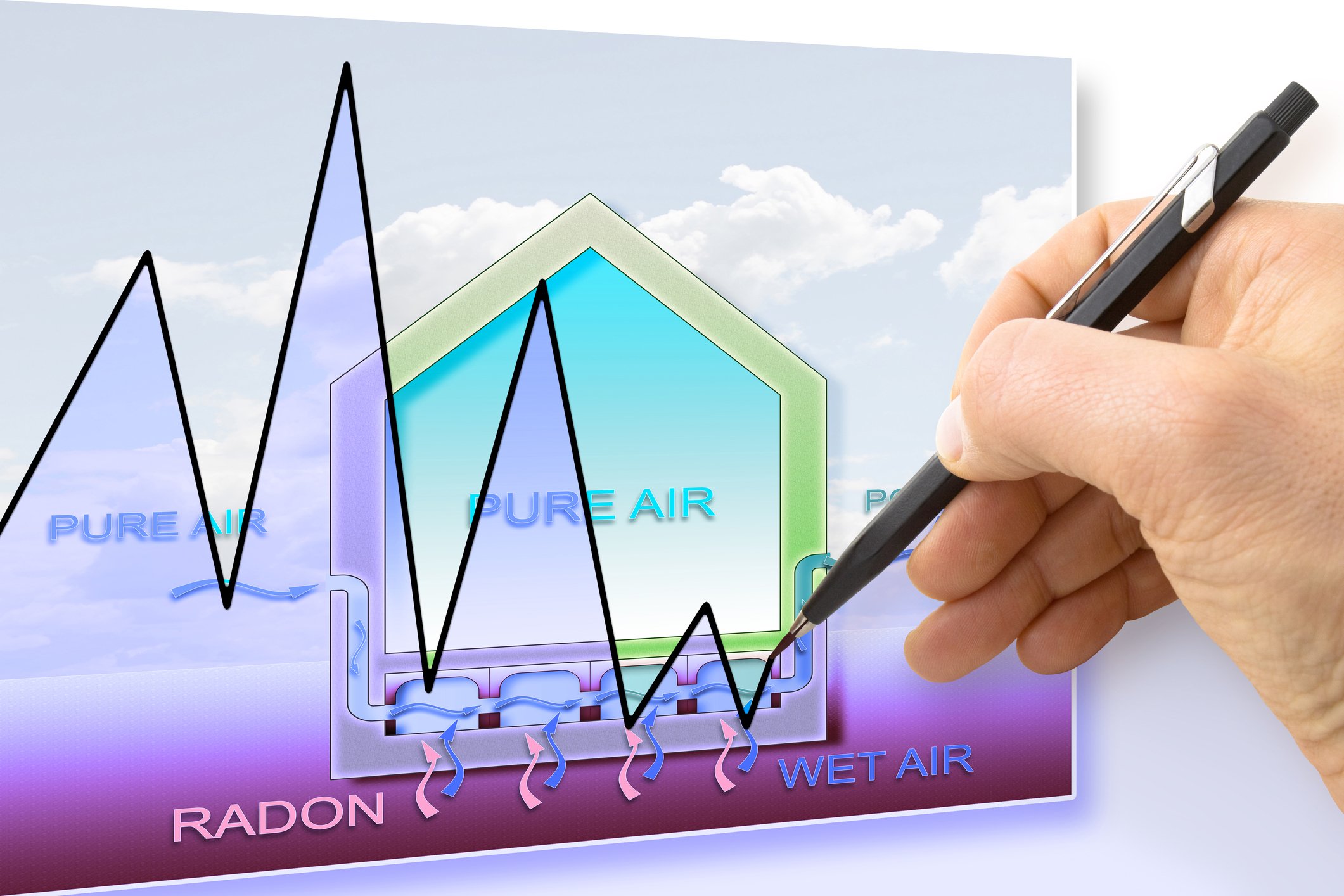
Radon inspections: What today’s home inspectors need to know
January, designated by the U.S. Environmental Protection Agency as National Radon Action Month, is a reminder for home inspectors, real agents and home buyers and sellers that radon inspections are a necessary part of a real estate transaction.
One can’t see, taste or smell radon in the home, yet, exposure to the naturally occurring radioactive gas at high levels is the leading cause of lung cancer among U.S. nonsmokers, according to a Jan. 12, 2017 article on Realtor.com.
Experts say radon exposure is a preventable health risk, and testing by home inspectors or homeowners allows those exposed to take the necessary steps to mitigate dangerous radon levels. With that in mind, the USEPA is using the slogan “Test, Fix, Save a Life” to spread awareness of radon dangers, according to a government press release on National Radon Action Awareness Month.
Radon results from the decay of uranium in soil. It infiltrates homes and other buildings from the ground up, and while some areas of the country are more prone to radon problems than others, no home or type of building is immune.
Home inspectors are often on the front lines in testing for radon levels. And testing for levels of the dangerous gas shouldn’t just be done when people buy and sell homes. The testing should also be done when people build or renovate homes or every two years, according to Realtor.com.
While homeowners can purchase kits for radon testing and do the testing themselves, they often turn to professional home inspectors to do the work. Some states require licensing or certification in order to perform radon testing. Home inspectors in those states can get their certification online through AHIT’s approved Radon Certification Course. (Some states will only accept live training to obtain license/certification, so be sure to check your state’s requirements.)
Testing for levels of the dangerous gas shouldn’t just be done when people buy and sell homes.
The testing should also be done when people build or renovate homes or every two years.
Regardless of whether states have requirements to do the testing or not, professional home inspectors should be familiar with how to do short- and long-term radon testing, as well as how to determine if a homeowner needs to take action. That’s important because addressing a radon problem can cost an owner thousands of dollars, according to Realtor.com.
Testing measures the amount of radon in the air using picocuries per liter of air, or pCi/L. A result of 4 pCi/L or higher suggests action to lower radon levels is needed, according to AHIT’s article.
EPA’s testing recommendation is to first do a short-term test, which uses a device in the home. Some devices require two days; others need to be left in the home as many as 90 days. If results of the short-term test come back with 4 pCi/L or higher, EPA recommends follow up with a long-term test or another short-term test. However, in lieu of a second test, oftentimes a radon mitigation system is installed.
It’s important to do short-term testing in areas where windows and doors remain, for the most part, closed, to get more accurate readings, and close those doors and windows at least 12 hours before starting the test. One more tip: Place the test kits on a home’s lowest level—in a basement or on the first floor—in a room that’s used regularly (but not the kitchen or bathroom). Place it high enough above the floor, so it won’t be disturbed.
Some inspectors opt to use an electronic continuous radon monitor that allows them to get the results after it has been in the home for 48 hours. Unlike the charcoal canisters, this monitor eliminates the need to send anything out to a lab.
The message to homeowners is that testing for radon is the only way to know if they or their families are at risk, according to the EPA.
AHIT offers a variety of radon testing products for home inspectors, including a correspondence course, Radon and Radon Decay Product Measurement; two specialty instructor-led online courses, Advanced Radon Measurement for Multi-Family and Other Large Buildings and Conducting Radon Surveys and in Schools and Large Buildings and a radon test kit.




